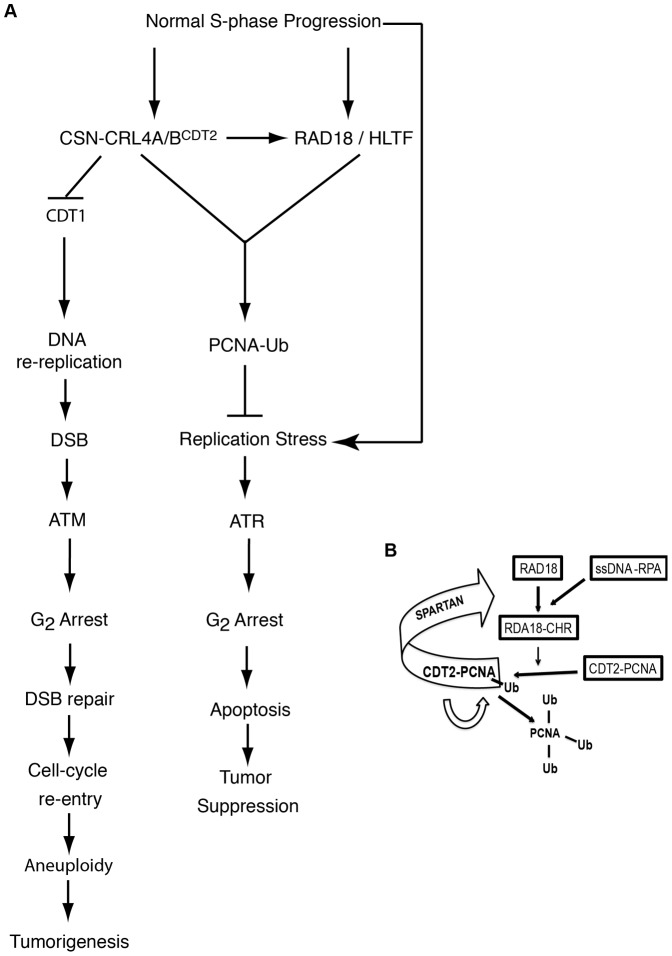Figure 7. CSN-CRL4A/4BCDT2 functions in S-phase.
CSN-CRL4A/4BCDT2 is required in two different steps of the DNA replication during a normal cell cycle. (A) At the G1/S transition CSN-CRL4A/4BCDT2 is required to prevent DNA origins re-firing by means of a variety of molecular mechanisms. Failure to do so causes DNA re-replication, DSBs and ATM signaling activation. Eventually, DSBs are repaired and cells with re-replicated DNA re-enter the cell cycle and divide. Mitosis of cells with re-replicated DNA causes chromosomal aberrations that may drive tumorigenesis. Following origins firing, replication-linked DNA damage activates regulative loops between the ATR- dependent checkpoint and PRR. Inactivation of this pathway causes permanent replication stress, ATR hyper-signaling and eventually apoptosis. The relevance of this pathway makes it a pharmacological target to potentially induce replication stress and apoptosis in cancer cells. (B) CSN-CRL4A/4BCDT2 regulates RAD18 recruitment to chromatin, possible in cooperation with Spartan, in a feed-forward loop leading to the amplification of PCNA ubiquitylation and consequent error-free and error-prone TLS. CSN-CRL4A/4BCDT2 may also contributes to the amplification of PCNA ubiquitylation by directly mono-ubiquitylating PCNA.

